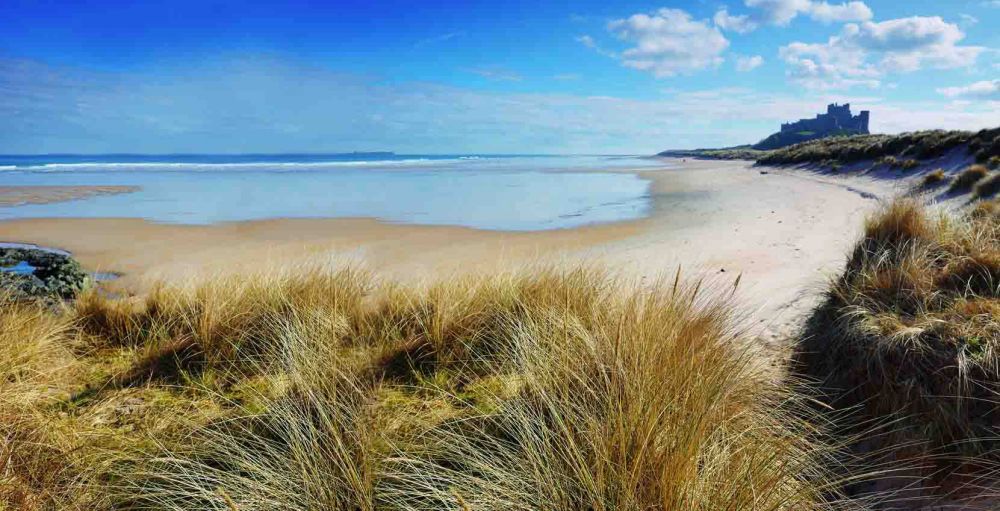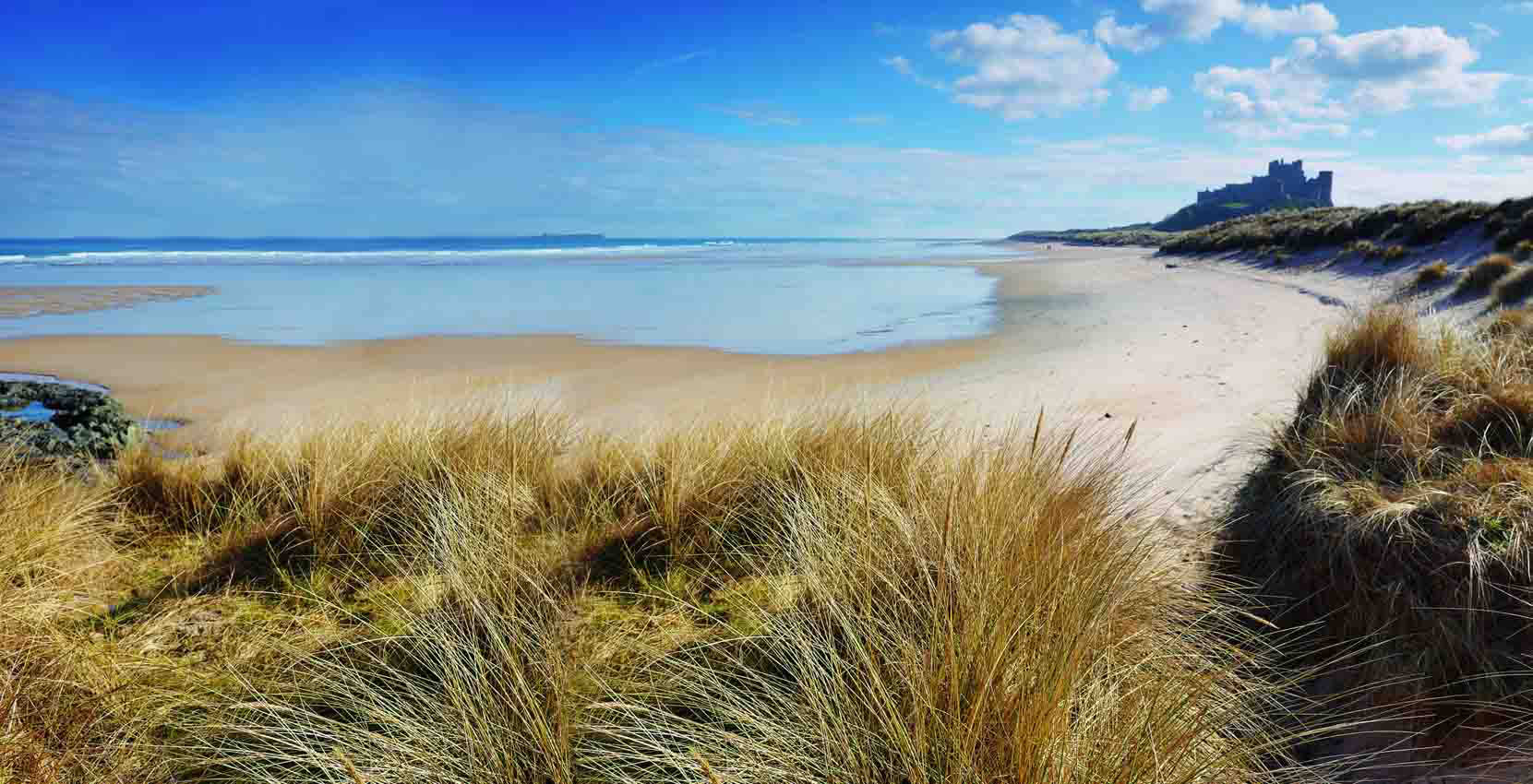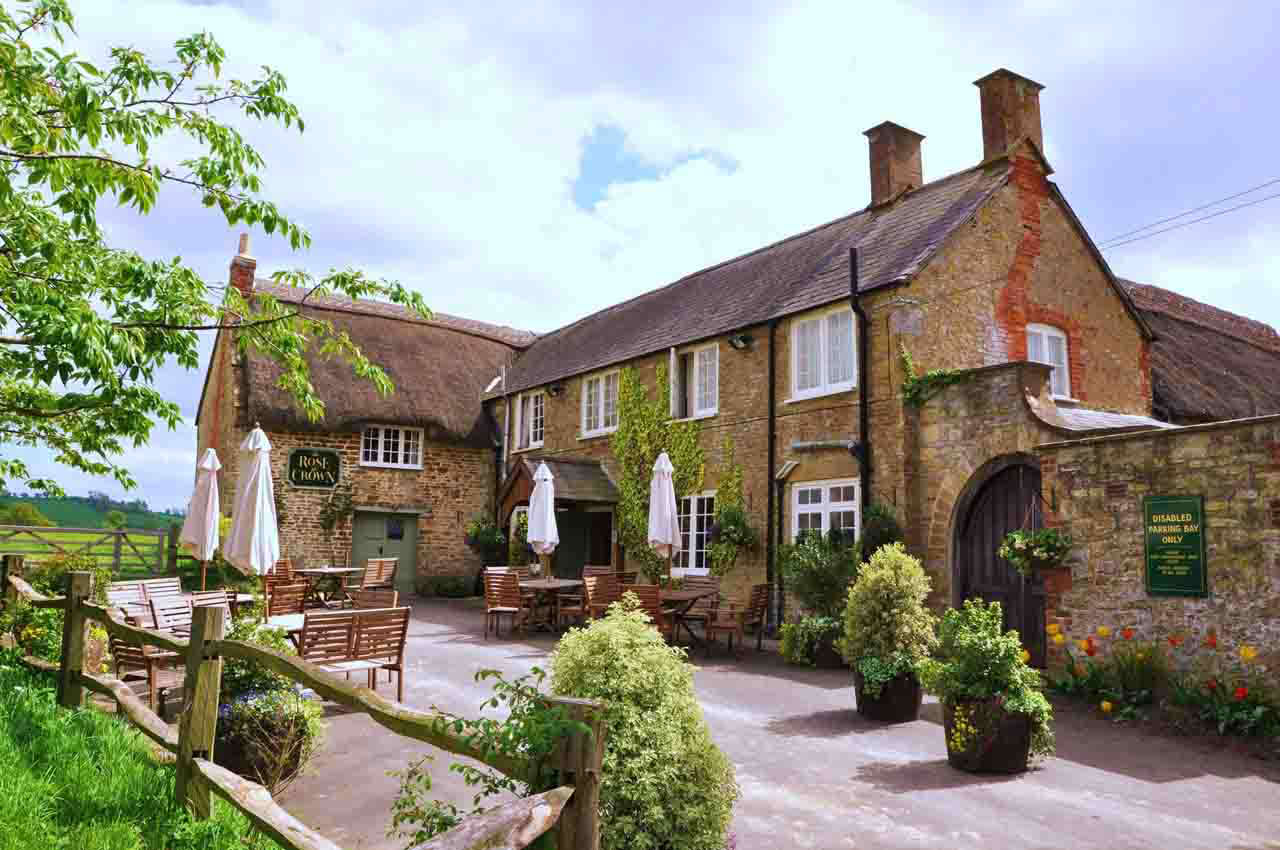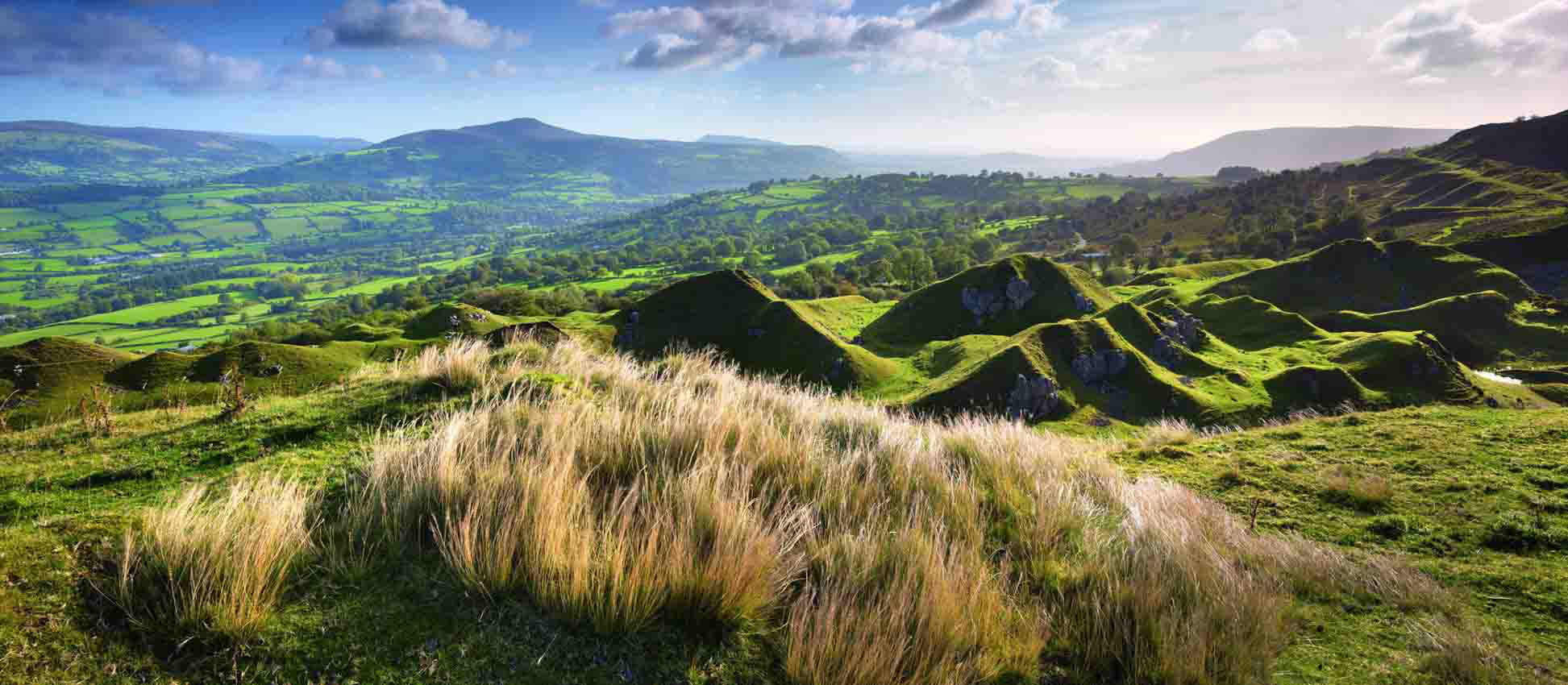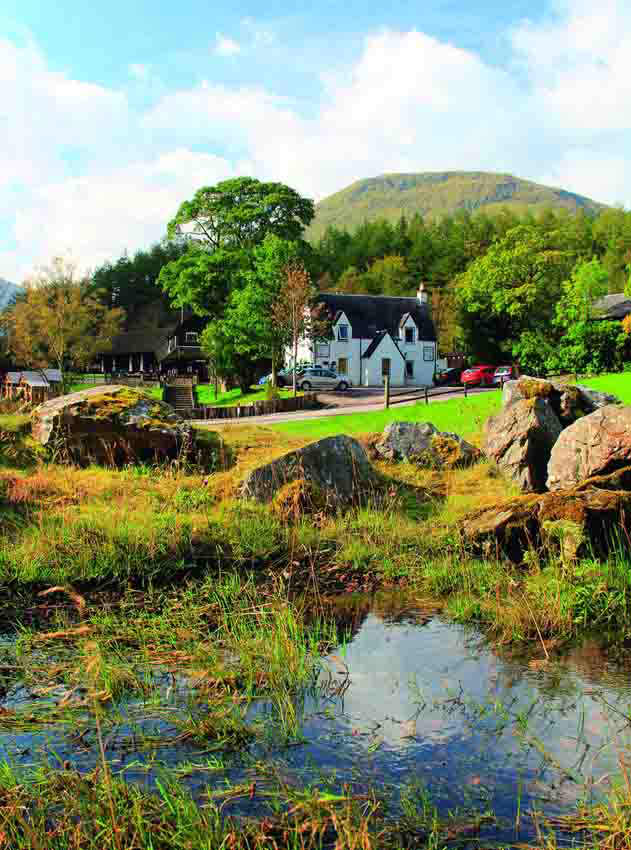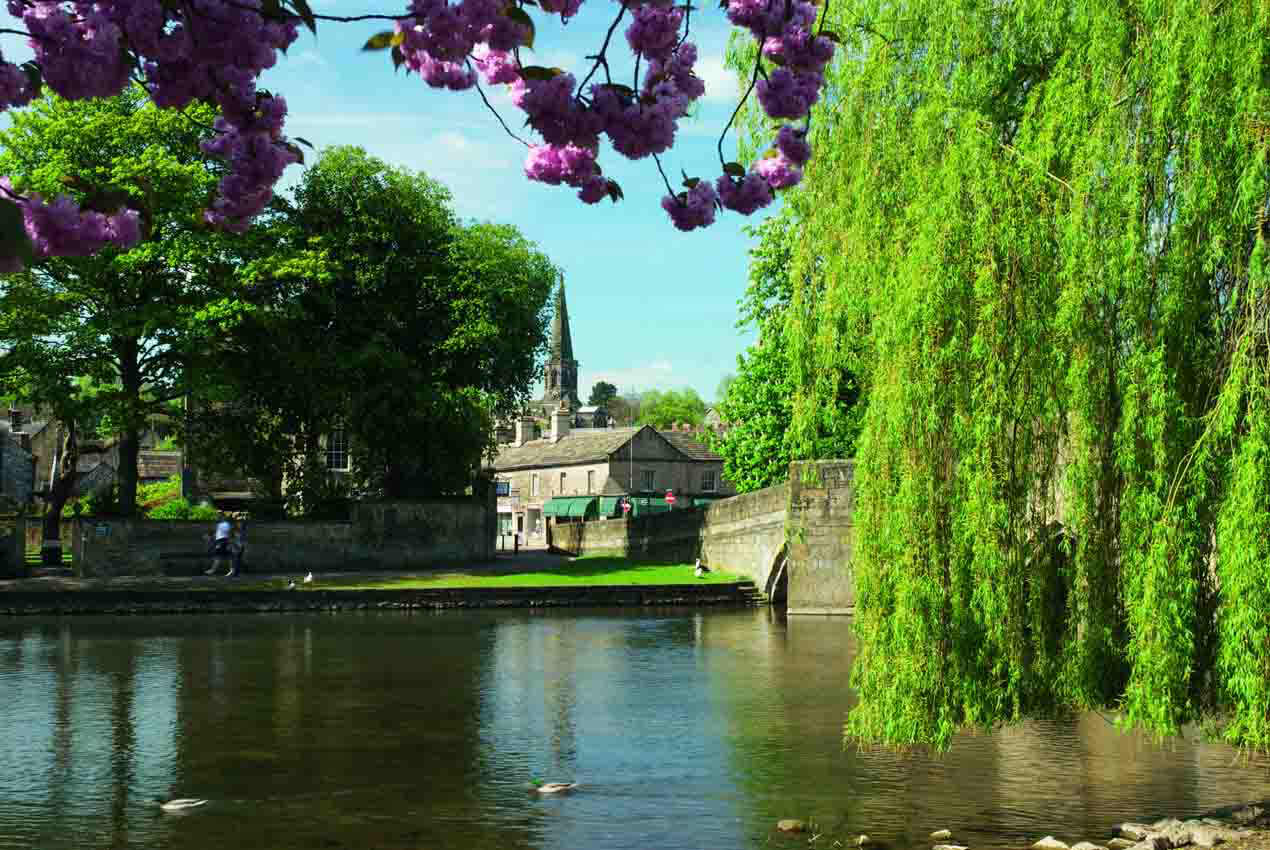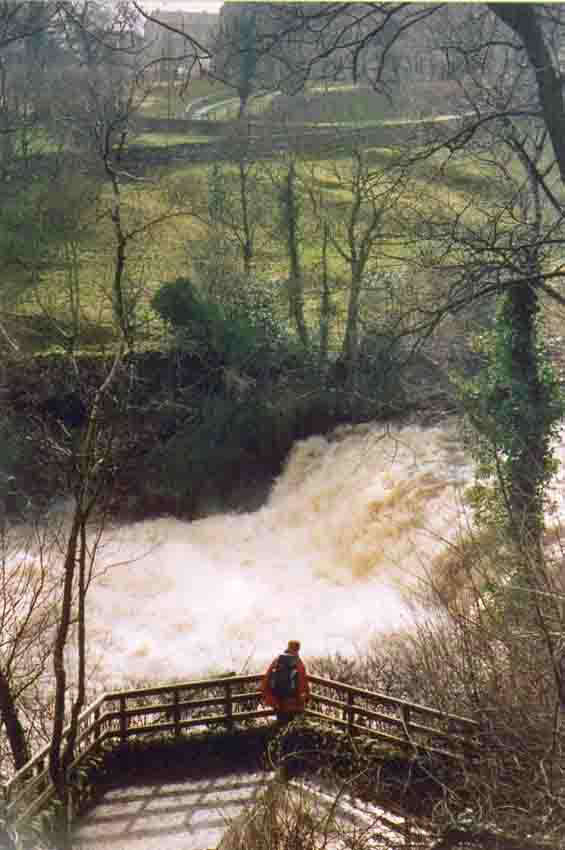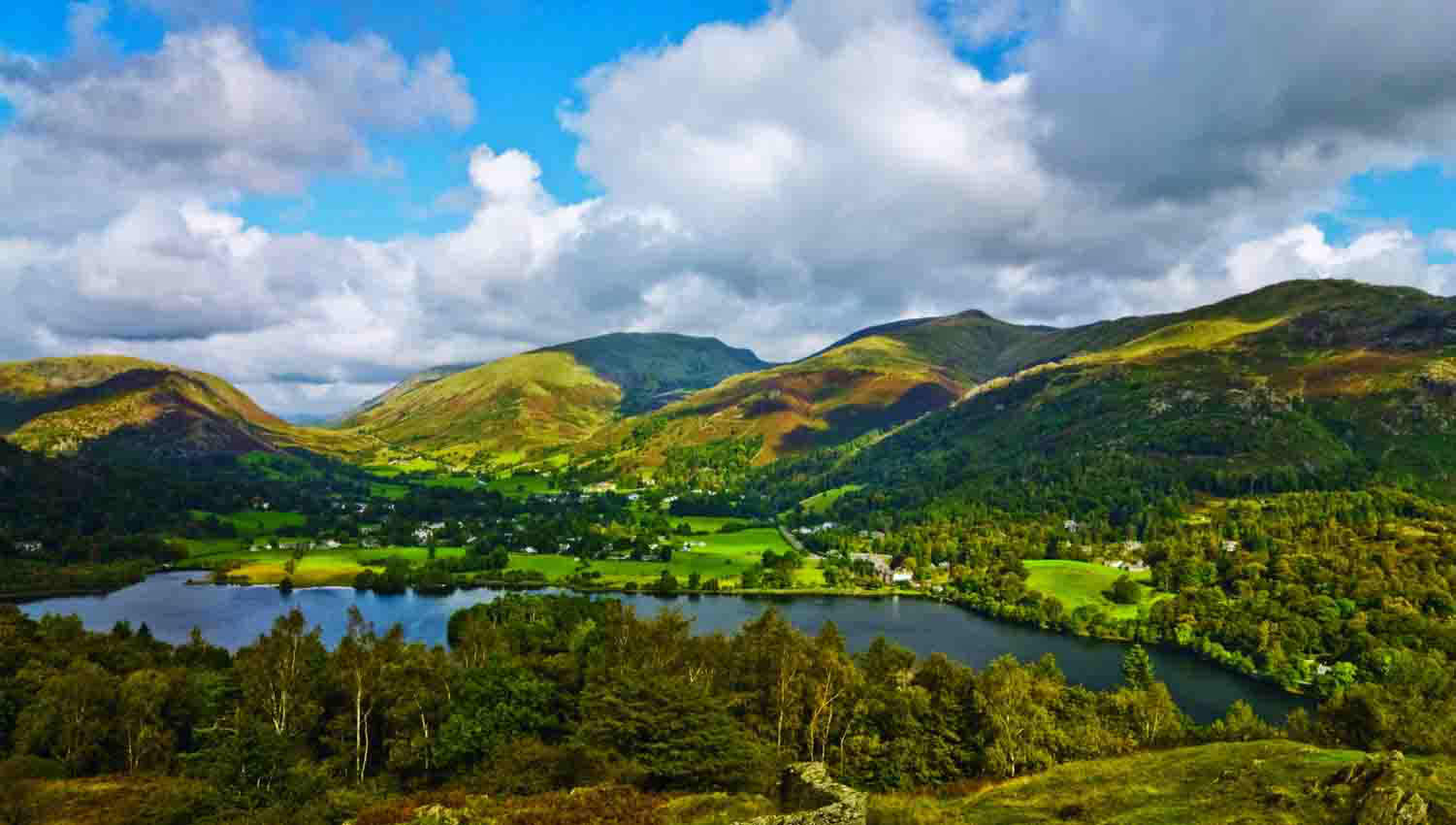Poetic Views - Lake District Lake District
Walkers are spoilt for choice in The Lakes. But with scenery immortalised by artistic greats, fascinating industrial heritage and a house where famous poetry was penned, this is a unique ten-kilometre hike – and then there’s the wonderful lunchtime pub.
Leaving Grasmere, you climb up Silver How with increasingly dramatic views of the village overlooked by ochre and grey mountains. Just after Dow Bank, you hit the brow of the hill, providing another show-stopping panorama of Great Langdale valley. Dropping down past Chapel Stile, where workers from an old gunpowder factory once lived, you reach Elterwater, one of Lakeland’s cutest villages. Nearby is the lake, Elter Water, whose curving shoreline backed by the Langdale Pikes inspired Gainsborough’s only Lake District work. You could knock out a copy but lunch is calling. The Britannia, forged from a 17th century farmhouse, sits on the green with tables full of hungry walkers and a menu of seasonal Cumbrian specials, including slow braised shoulder of South Lakes lamb marinated in mint and honey, and Plumgarth’s of Kendal Cumberland sausage.
Unsurprisingly, you’ll start slowly after a hearty lunch. But there’s still six kilometres to go, starting with a yomp back over the ridge, following an old corpse route along which bodies were carried for burial – the stonking vista of Grasmere was truly wasted on the dead. Follow the scenic path through woods traversing the slopes of Loughrigg Fell, before passing the northwest tip of Rydal Water and heading to Dove Cottage. It was in this property, rented by William Wordsworth after spotting it while walking with Samuel Coleridge, that the poet produced his finest works, notably ‘I wandered lonely as a cloud’. Suitably inspired, continue the short way into Grasmere, passing the coffin stone at Town End, where carriers rested their corpses to take a breather. You’ve arrived!

